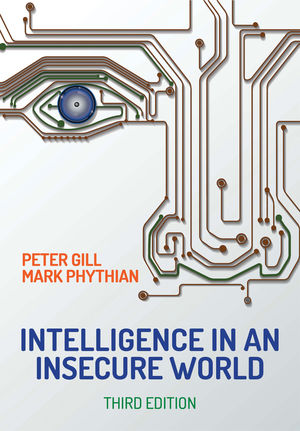Chosen to complete this task without ever leaving any portion of the museum without protection overnight was SYSTEMSgroup, Dallas. One of the integrator’s specialties is museums – the group handles security for five museums in Texas.
Building an entirely new 22-foot by 28-foot command center within the museum and gutting the old one while the museum stayed open was required. It was achieved by building a temporary command center in a room adjacent to the old one and moving the system portal by portal from the old command center to the temporary one and then to the new one when it was completed.
“It’s very tough for command center operators to sit in a room under construction – you don’t want to take on that liability,� advised Michael Lagow, president and CEO of SYSTEMSgroup. “Portal by portal is the only way you can really do it and keep it secure.
“When doing retrofit, you do on-the-job training as the technology is implemented,� he pointed out. “This is a very secure way of doing it. They get to understand it as they go along.�
This meant that portions of two command centers were operating at various points in the transition, which occurred over nine months and was completed in January of 2004. Construction of the new command center required 45 days.
For complex jobs like this one, SYSTEMSgroup has its own in-house department that does an engineering study. “We put together a white paper with the scope of the work that we have the museum sign off on,� Lagow explained. “We have drawings and pictorials of all sorts of items so they have a full understanding of what has to be done.�
The integrator also has its own in-house construction and design departments that followed the technical specifications in the bid and completely designed the interior of the command center.
This included furniture, laminates, a video wall and ceiling lighting so the walls are bathed in incandescent rather than fluorescent light. This light maximizes the colors on the video monitors and can be adjusted by the two administrators on duty in the command center, which operates 24/7.
The command center’s servers are fully secure in a room separate from the command center so they can be kept at an ideal temperature of from 65 degrees Fahrenheit to 68 F and the command center can be kept from 70 F to 75 F for the operators.
The finished installation uses Software House’s C•CURE 800 access control system. A profile console rack has an expandable state-of-the-art video wall that displays images from up to 136 cameras. The system uses pixel movement to alert operators when visitors move beyond the limits of the video masking on the cameras.
Gallery attendants then can be radioed by the operators through their earpieces and alerted to the situation.
Additional security through-out the public, private and storage areas of the museum are provided by two card readers for employee entrances, nearly 50 card readers inside and 1,400 alarm points. These can be in storage facilities, doorways, or water-, temperature- and humidity-sensing devices, but not the artworks themselves.
With its specialization in museum security, the company had an edge in bidding for the complex Dallas museum job. “We competed with other companies not necessarily based on price but on what solution we could bring to the table,� Lagow pointed out.
He added about the artifacts and artwork his security system would be protecting, “The value of these things are mind-boggling – you’re talking tremendous amounts of value. These are truly irreplaceable.�


